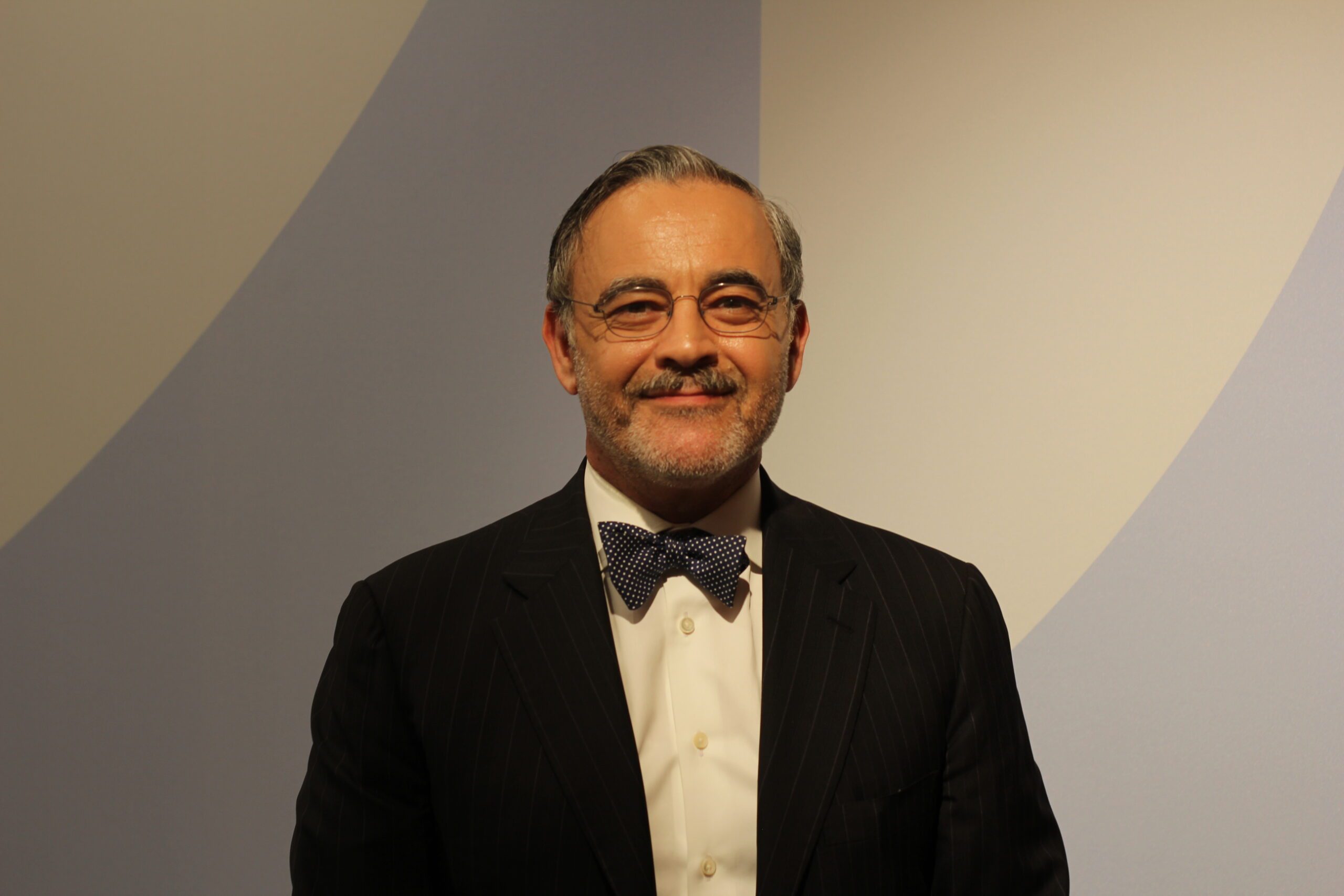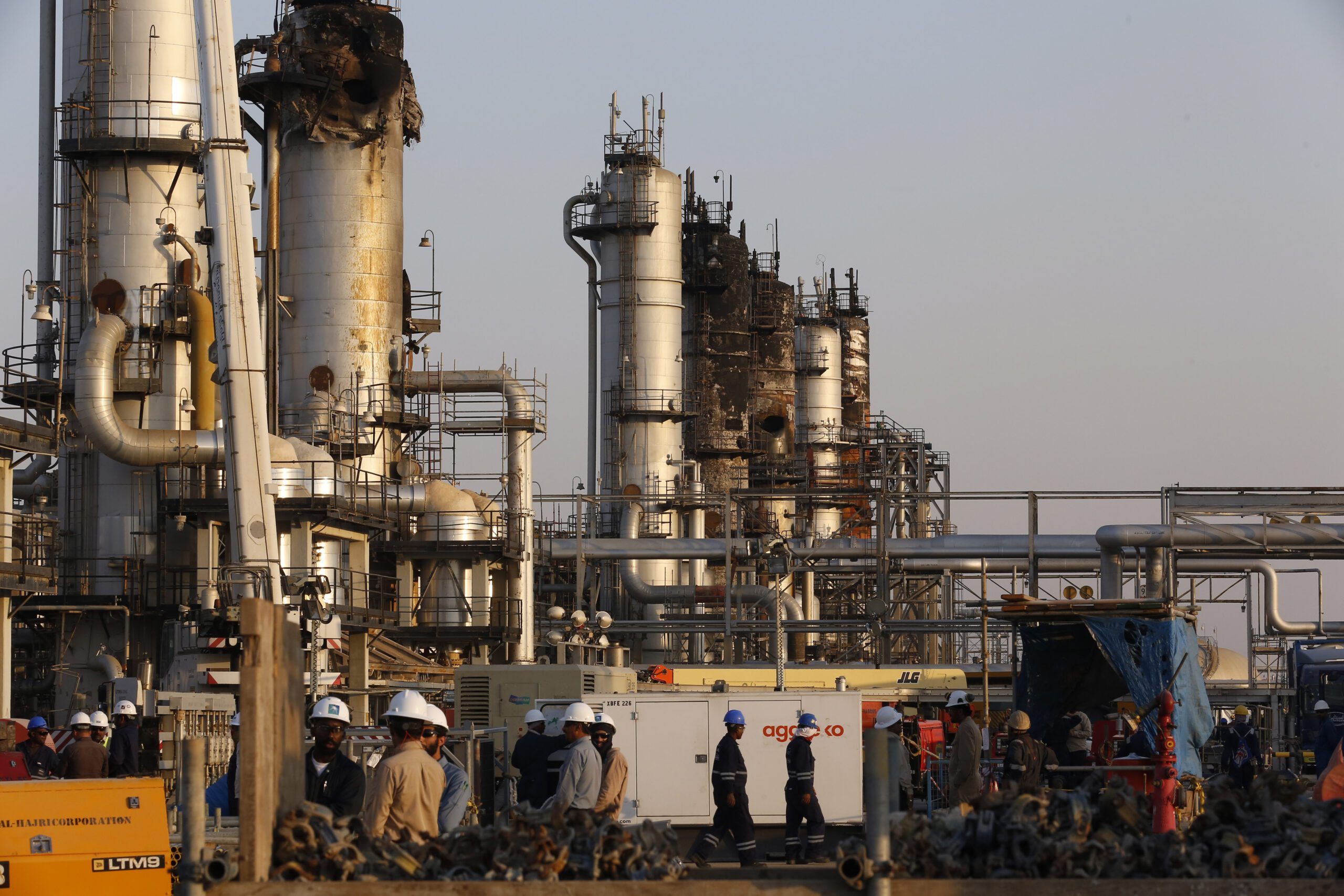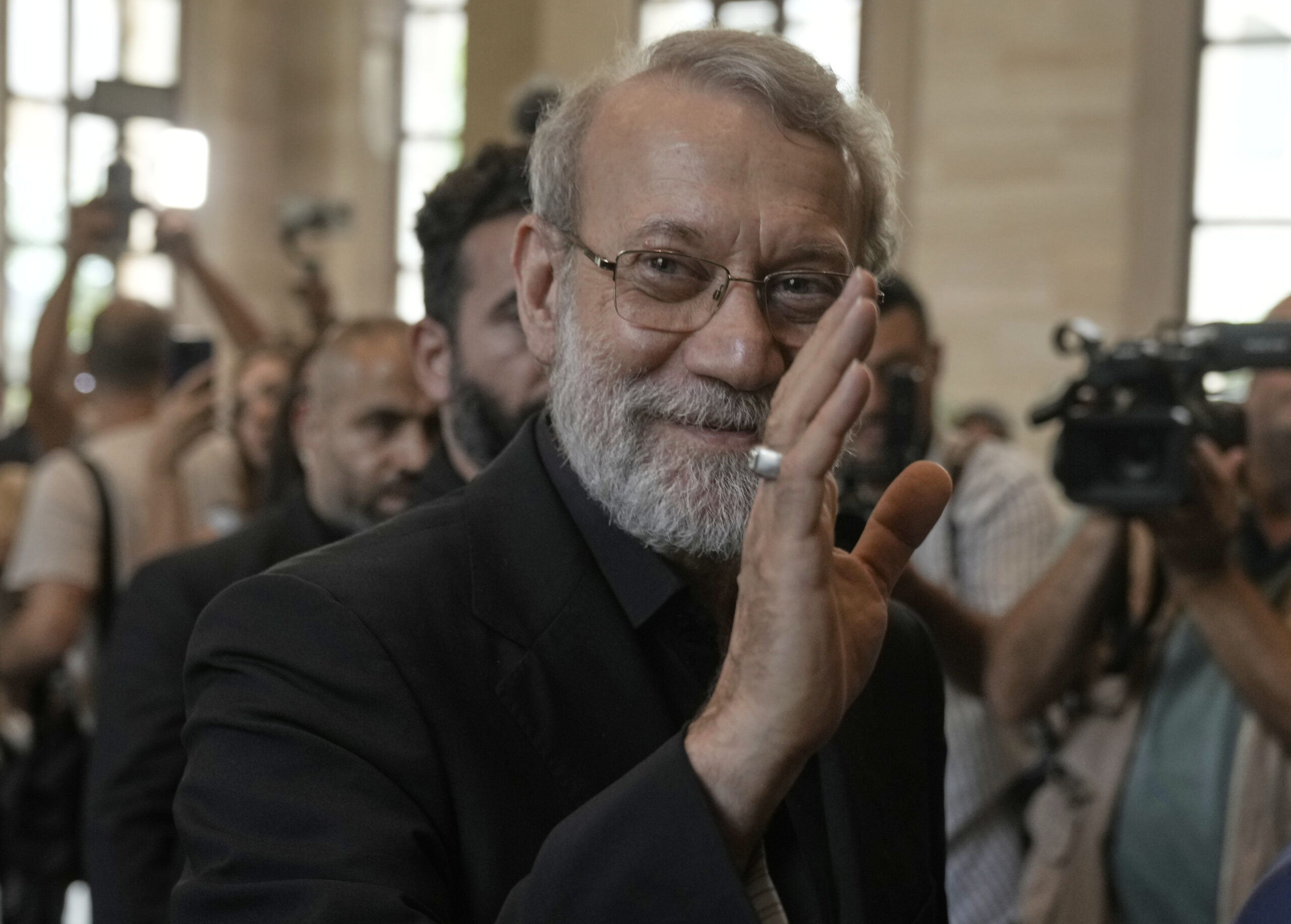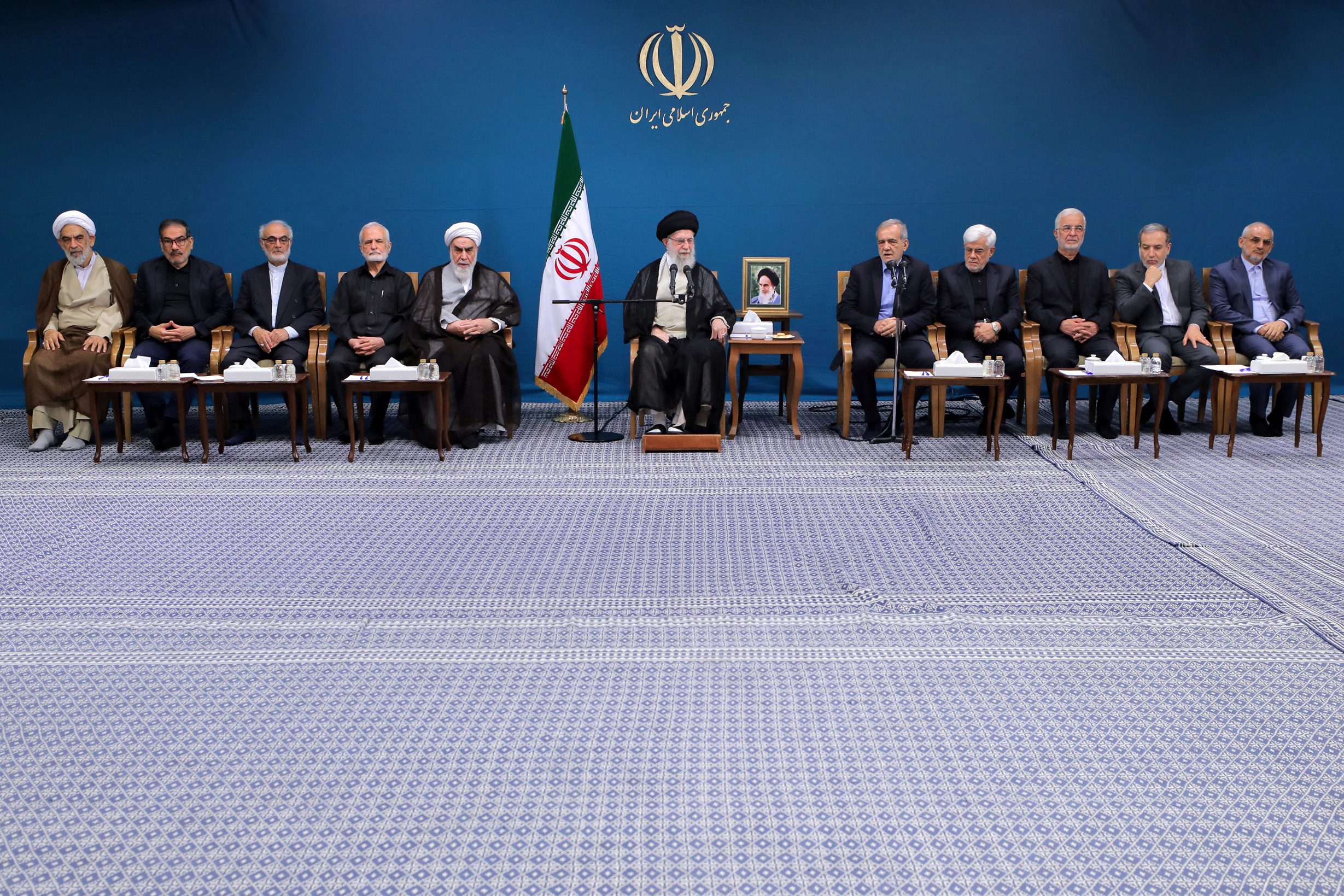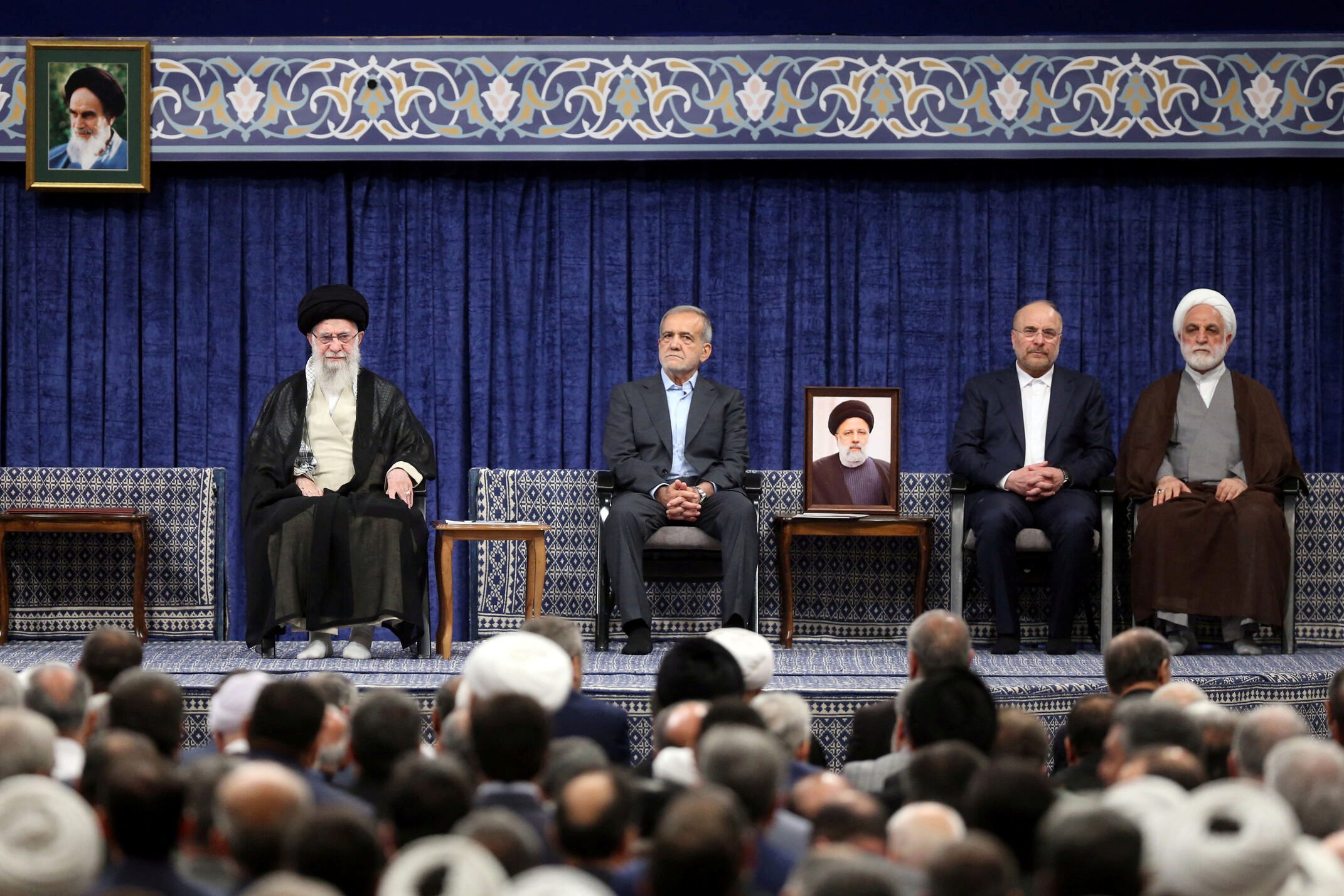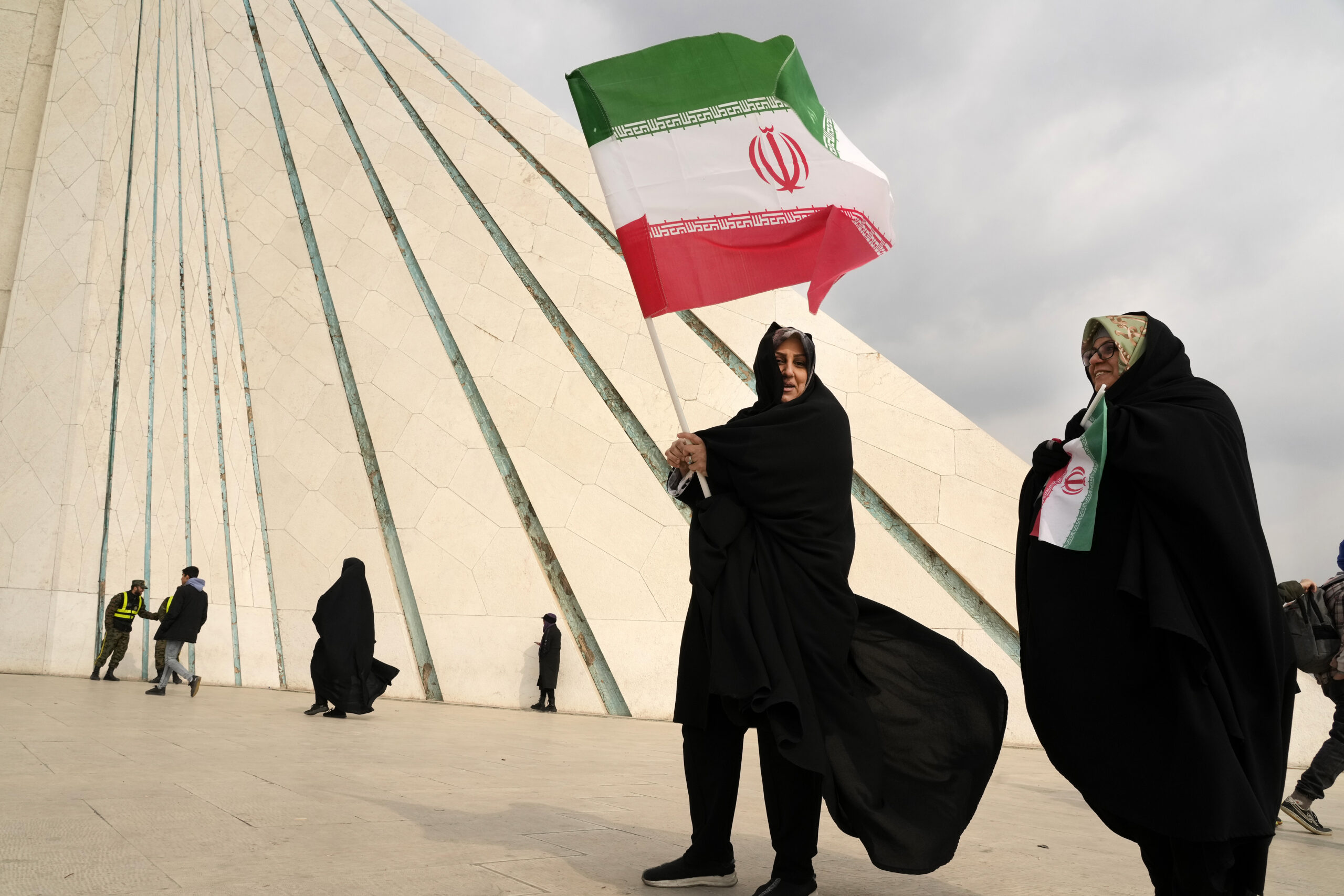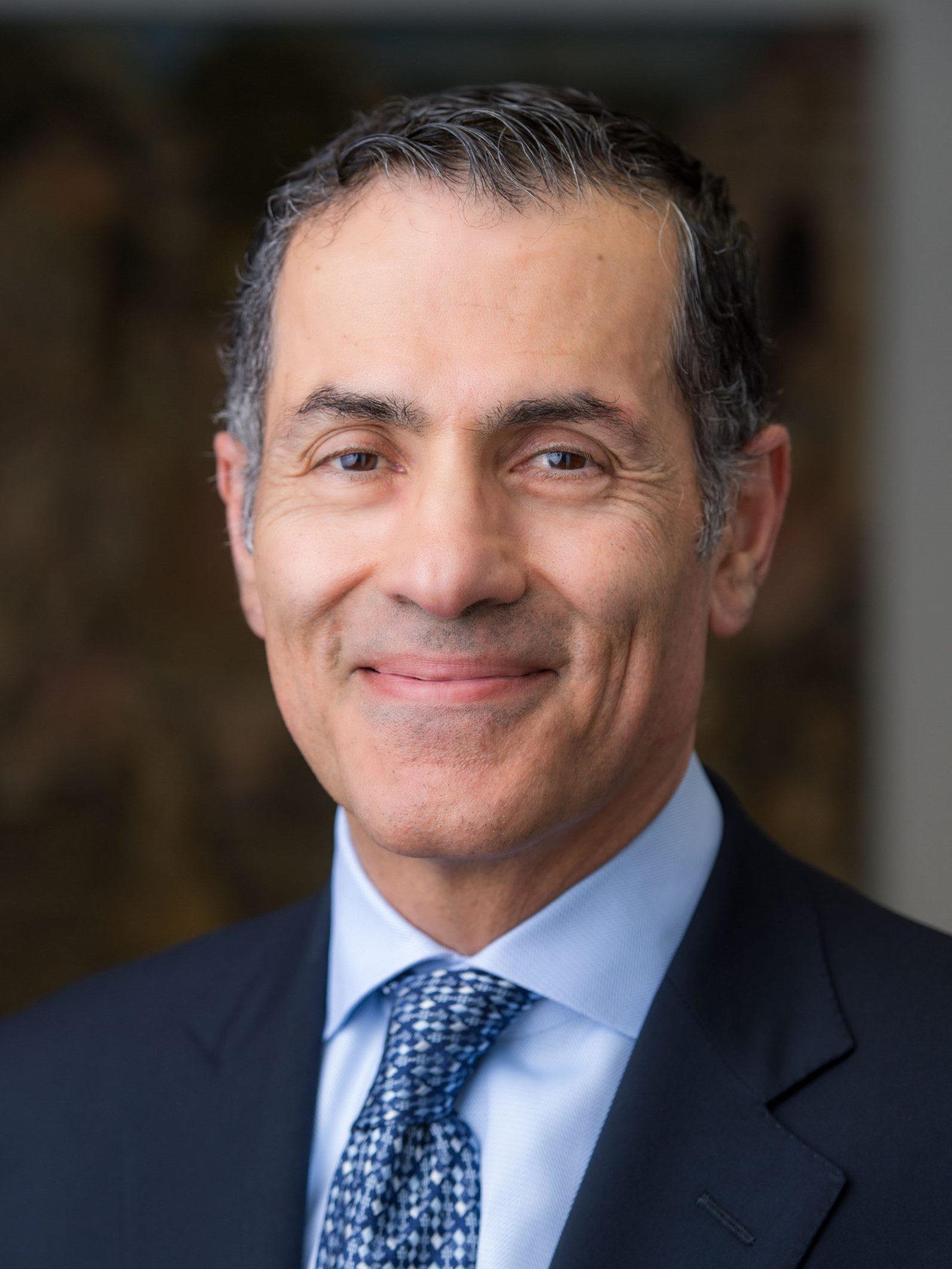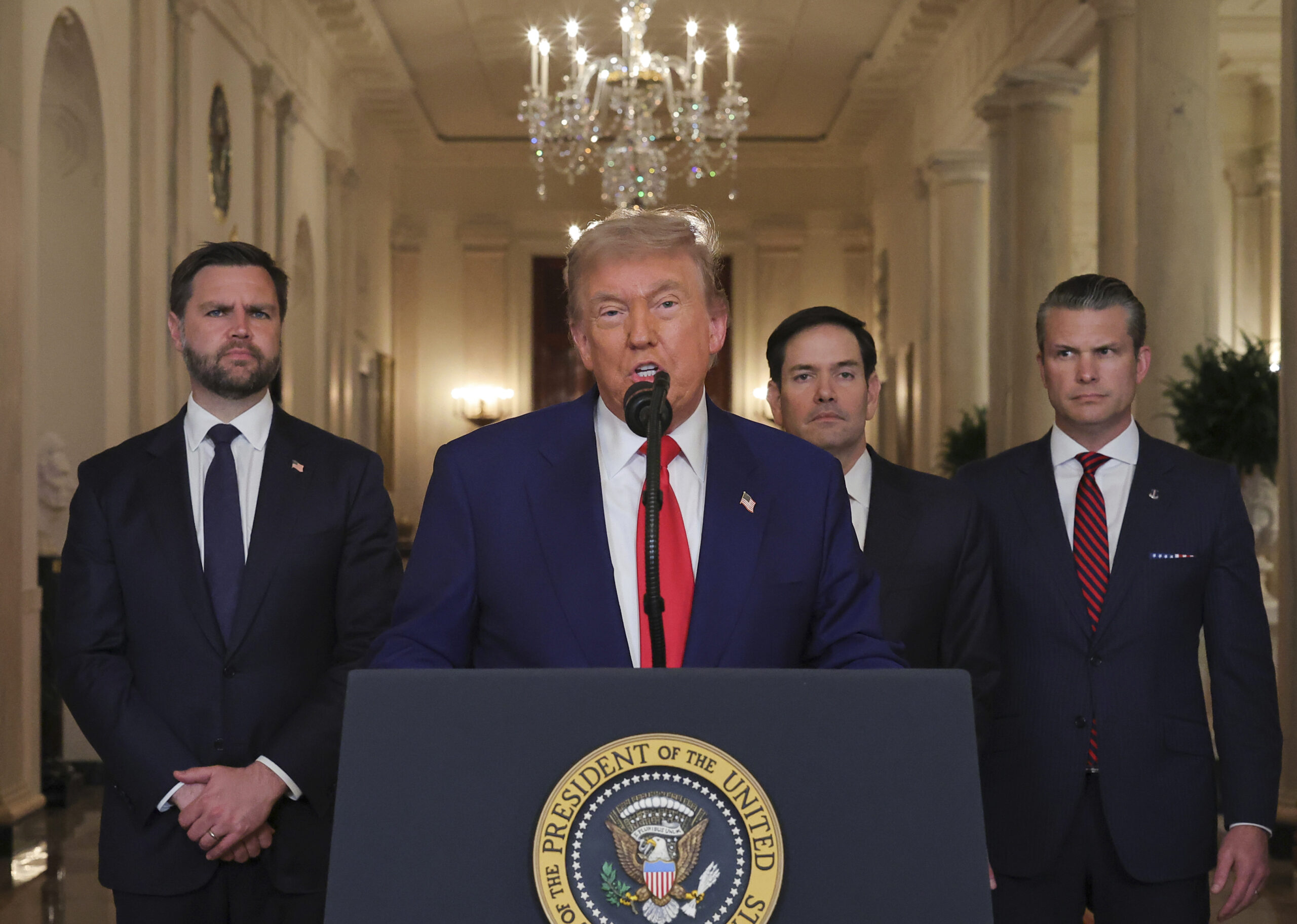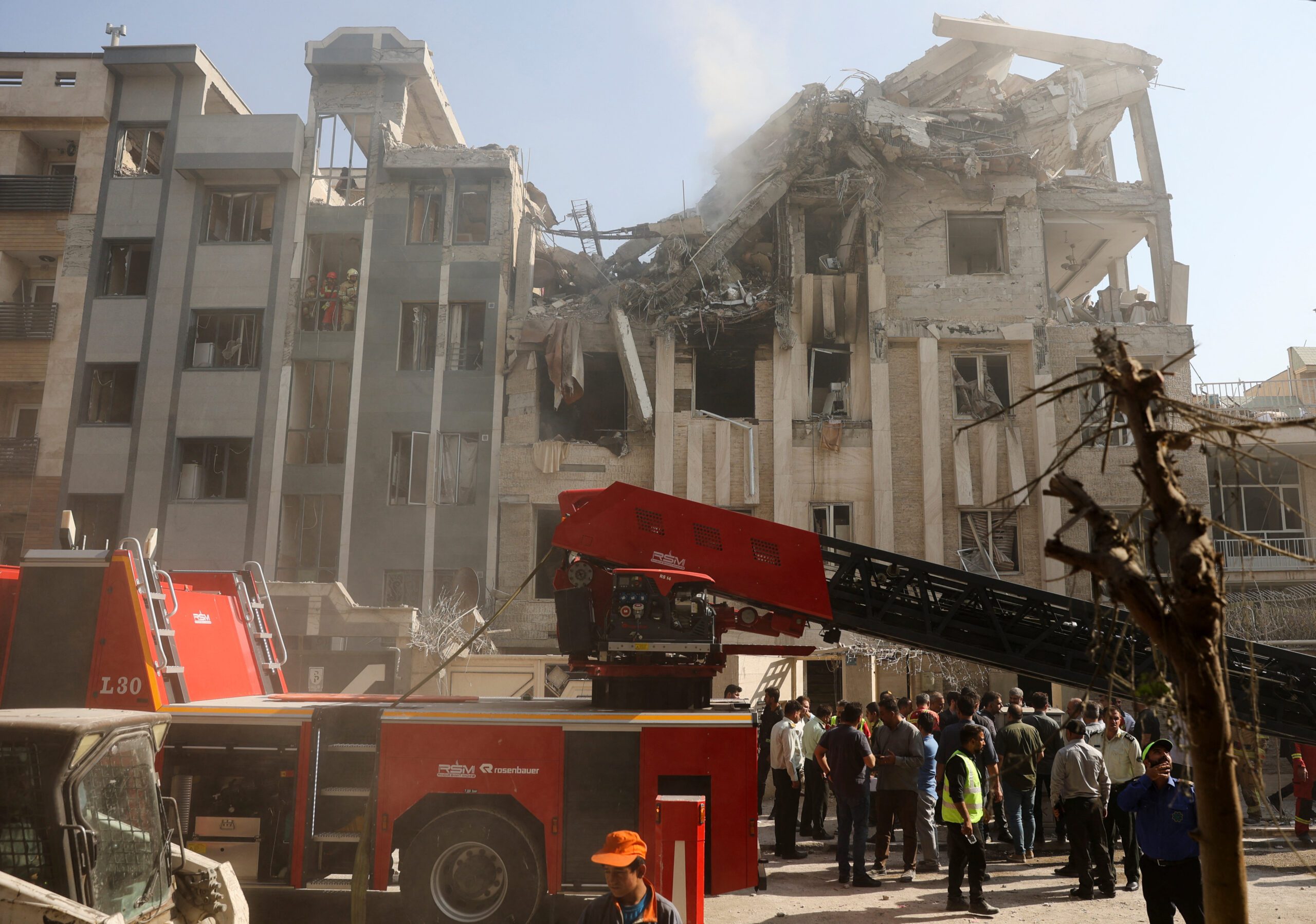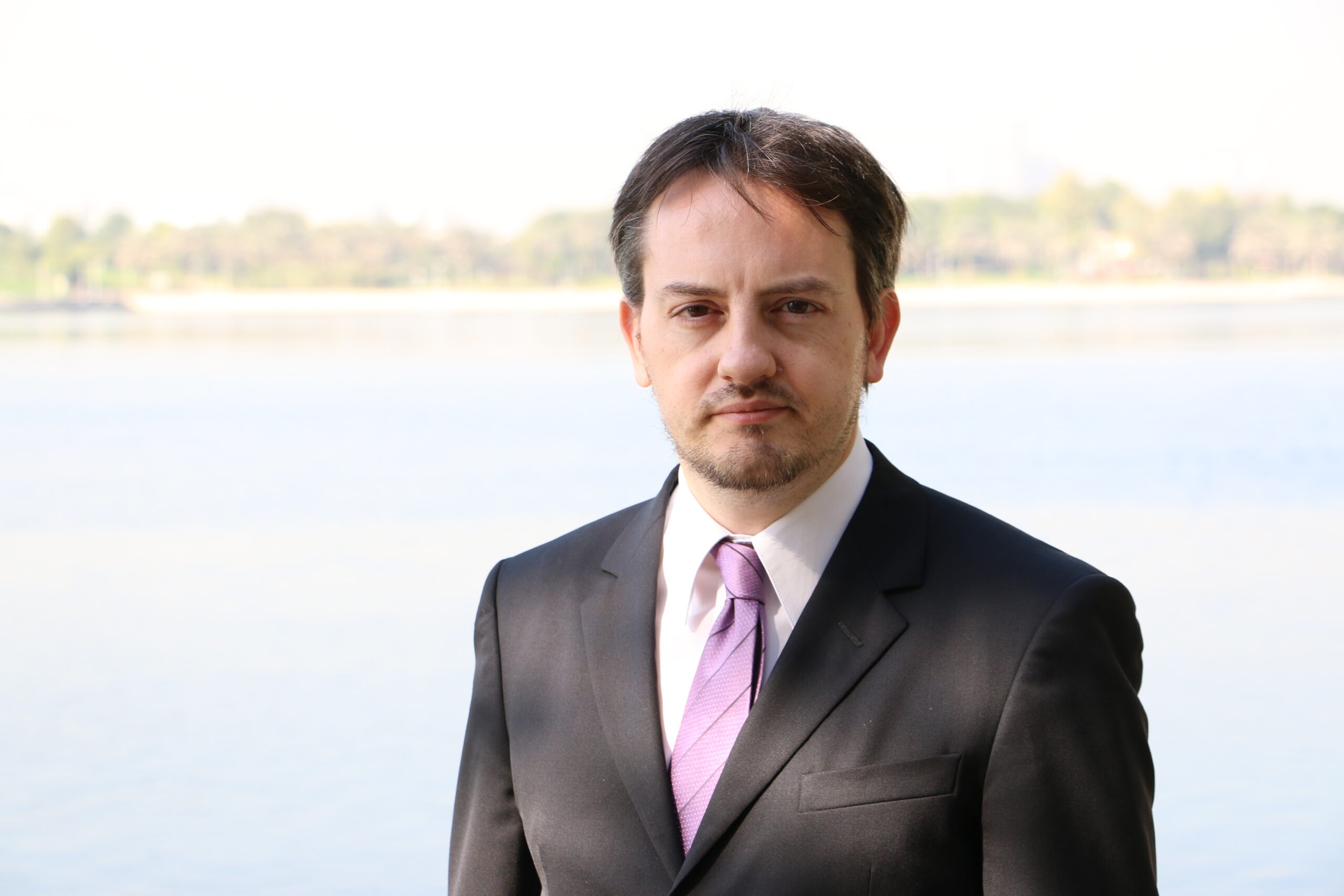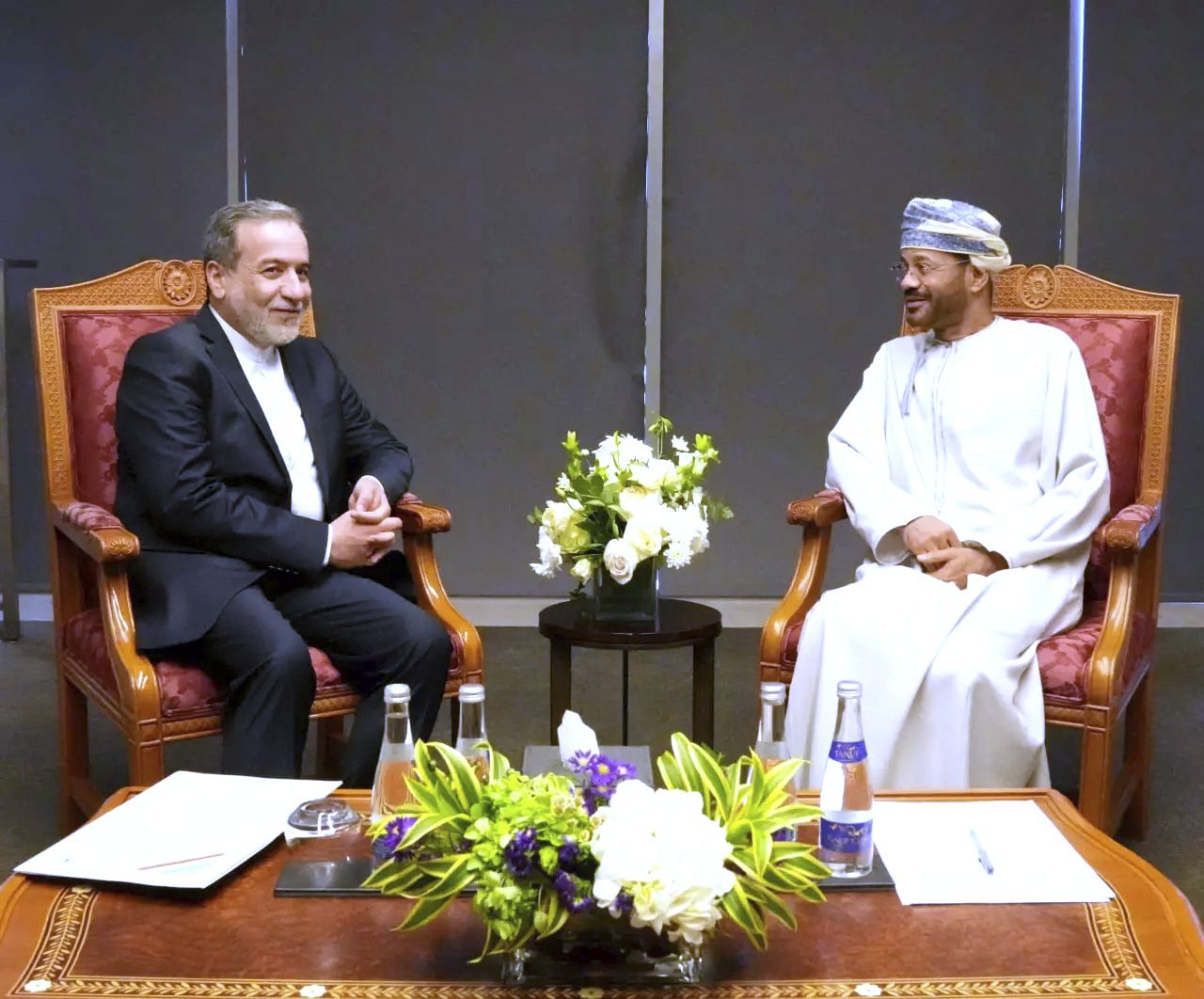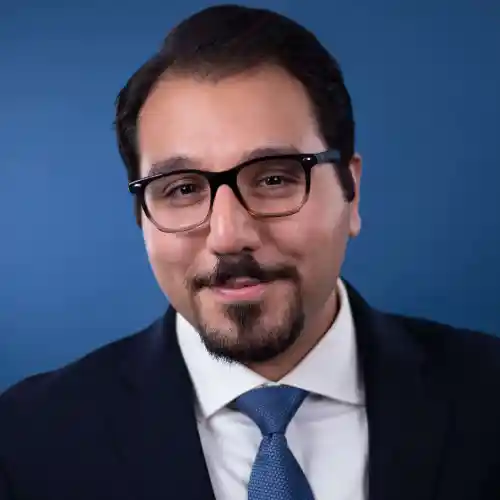Jun 3, 2025
Iranian Media Breaks Taboos
The June 3 edition of the Iran Media Review examines how Iranian media is breaking long held political taboos.
The heterogeneous composition of Iran’s ruling elites has traditionally allowed for a degree of public intra-elite debate. However, increasingly, Iranian media and officials are breaking political taboos. One news agency broke the taboo of pan-Islamism by expressing ethnonationalist concerns about the influx of fellow Shia Afghan migration to Iran. Another news site attacked the Islamic Revolutionary Guard Corps’ use of Persepolis, a historical site, as a venue to deliver the New Year address and accused the IRGC of moderation. A third newspaper openly accused the provisional Tehran Friday prayer leader of corruption.
- May 22: Tabnak News Agency, which is affiliated with former IRGC Chief Commander Mohsen Rezaei, expressed concern for “the future of the Iranian look” as a result of immigration from Afghanistan to Iran:
-
- “According to the National Organization for Civil Registration, Iran’s demographic growth has reached minus 7.3% … At the same time, Iran is hosting one of the largest refugee populations in the world … According to the United Nations Refugee Agency, Iran is hosting 3.7 million Afghan refugees, but the real number is significantly higher.”
-
- “While the average Iranian woman gives birth to 1.65 children … Afghan women residing in Iran give birth to 3.4 children … This development is likely to considerably change the ethnic composition in several provinces.”
-
- How will the Iranian look change “as a result of a vast presence of Afghans and mixed marriages? Mixed marriages are likely to result in blurring of the genetic differences between Afghans and Iranians, and a look that is neither completely Afghan nor completely Iranian may emerge. This is particularly likely to happen in Tehran, Mashhad, and the eastern provinces of Iran.”
- May 30: Following an address by Major General Mohammad Bagheri at the police academy urging the officers “not to use the truncheon when talking with the younger generation,” Raja News, which is owned by the brother of the son-in-law of the late President Ebrahim Raisi, criticized Bagheri, writing:
-
- “Bagheri is now delivering his Iranian New Year address at Persepolis, dressed in civilian clothes … warning the authorities against using the truncheon when talking with the younger generation … Why is he not even referring to operation Truthful Promise III,” a reference to Iran’s unrealized promise of retaliating against Israel. “What calculation has led the second-highest military commander in this country to behave in such a way?”
- June 1: After the provisional Tehran Friday prayer leader, Ayatollah Kazem Seddiqi, claimed during a Friday prayer sermon that Raisi expressed support for him privately when Sediqqi was accused of corruption, centrist Asr-e Iran accused Seddiqi of corruption and of lying about having Raisi’s support:
-
- “Mr. Raisi is dead. How do we know what he actually told you? Perhaps he said: ‘You have discredited the institution of the Friday prayer. How are we going to answer the people?'”
The views represented herein are the author's or speaker's own and do not necessarily reflect the views of AGSI, its staff, or its board of directors.
